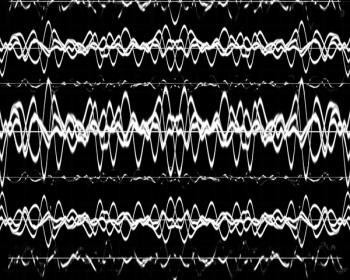
The frequency of rapid eye movement appears to be associated with several psychiatric and neurological disorders, investigators said.

The frequency of rapid eye movement appears to be associated with several psychiatric and neurological disorders, investigators said.

Using a data set of more than 100,000 people, investigators found getting more than seven hours of sleep per night reduced the risk of developing fatty liver disease.

Treatments like cognitive behavioral therapy for insomnia and exercise therapy can help address sleep problems, both during and after treatment, the study found.

Patients with lower heart rate variability during sleep may suffer from insomnia, the study found.
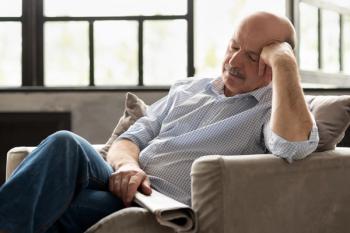
It is not yet clear whether Alzheimer’s causes excessive napping or vice versa, but the study’s authors say the questions are worthy of additional investigation.
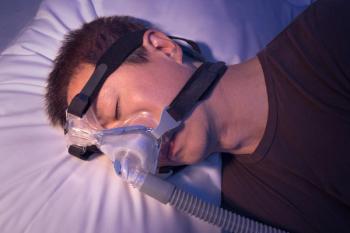
Patients with obstructive sleep apnea who used continuous positive airway pressure devices were able to slow down their epigenetic age acceleration.
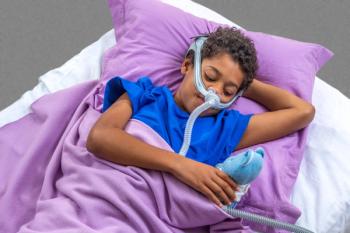
Children with poor sleep had a 2.6-fold higher risk of developing adult insomnia, according to longitudinal research conducted by Penn State researchers.
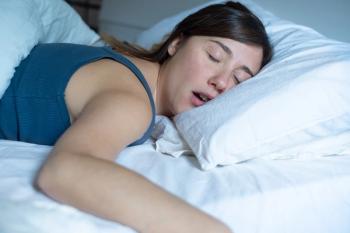
Preliminary research using an animal model found that hypoxia during pregnancy had behavioral and neuropsychiatric impacts on offspring.
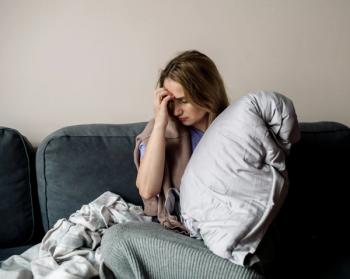
A new study sheds light on the nature of the “long covid.” Researchers say SARS-CoV-2 needs to be viewed not as a respiratory virus but as one with systematic effects.
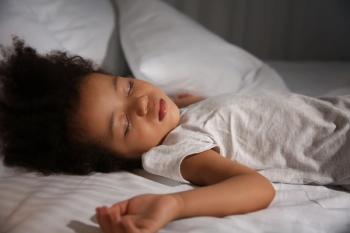
The questionnaire is seen as a low-risk, high-reward method of assessing asthma comorbidities in children.

Most of the studies into socioeconomic status and obstructive sleep apnea have limitations that make causal inference difficult.
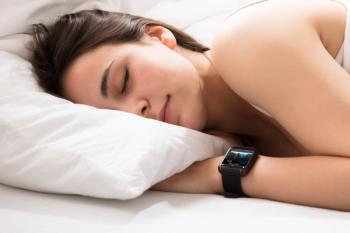
New technology can be used to diagnose many sleep conditions without the need for an overnight stay at a specialized sleep laboratory, investigators say
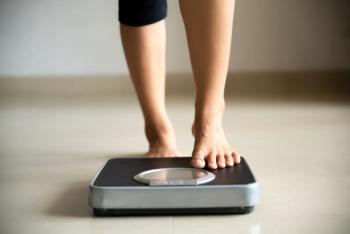
Findings from a randomized controlled trial reported in JAMA Internal Medicine today show that among short sleepers, adding sleep decreased calorie intake and led to some weight loss.
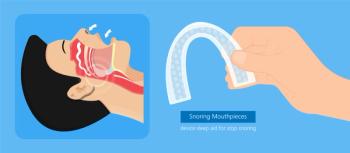
The model could make it quicker and easier to decide whether patients need continuous positive airflow pressure machines or not.
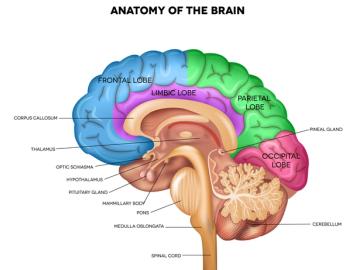
A new model of the hypothalamus can lead to potential new genetic targets for a number of disorders.
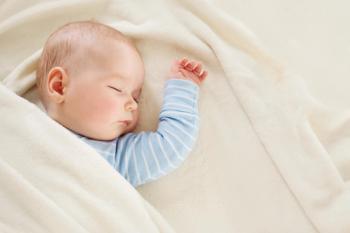
A new report suggests infants who do not get enough sleep can quickly become overweight.

The study leveraged the power of wristband accelerometry to reveal links between sleep and psychiatry.
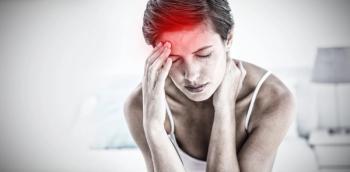
But the meta-analysis leaves open the question whether there is a cause-and-effect relationship between sleep and migraine.

Health officials should consider advise that people spend more time outdoors as. way to cope with this and future pandemics, the researchers suggest.
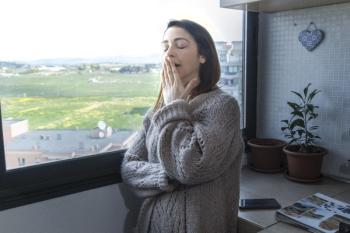
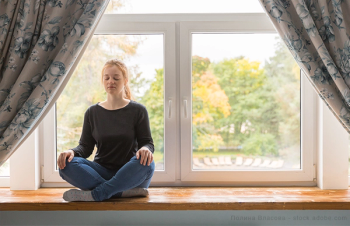
A new study gives physicians the power to help patients at risk of obstructive sleep apnea, but it also highlights the relative lack of public attention on prevention.

An estimated 1-6% of all children and adolescents have obstructive sleep apnea.
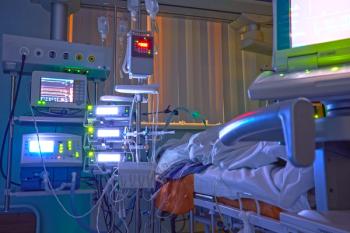
Everything from the amount of daylight in a room to the timing of vital sign checks during the night can influence the sleep of patients in intensive care units and thus their recovery.
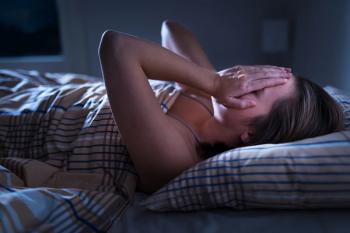
A new meta-analysis summarizes the dangers posed sleep apnea, which include a doubling of the risk of sudden death from cardiac causes. It is still unclear whether continuous positive airway pressure (CPAP), one of the main treatments for obstructive sleep apnea, lowers that risk.
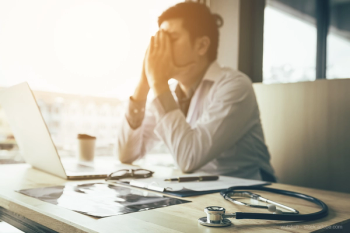
Key factors for determining shift length will help manage fatigue-related risks while meeting operational demands.